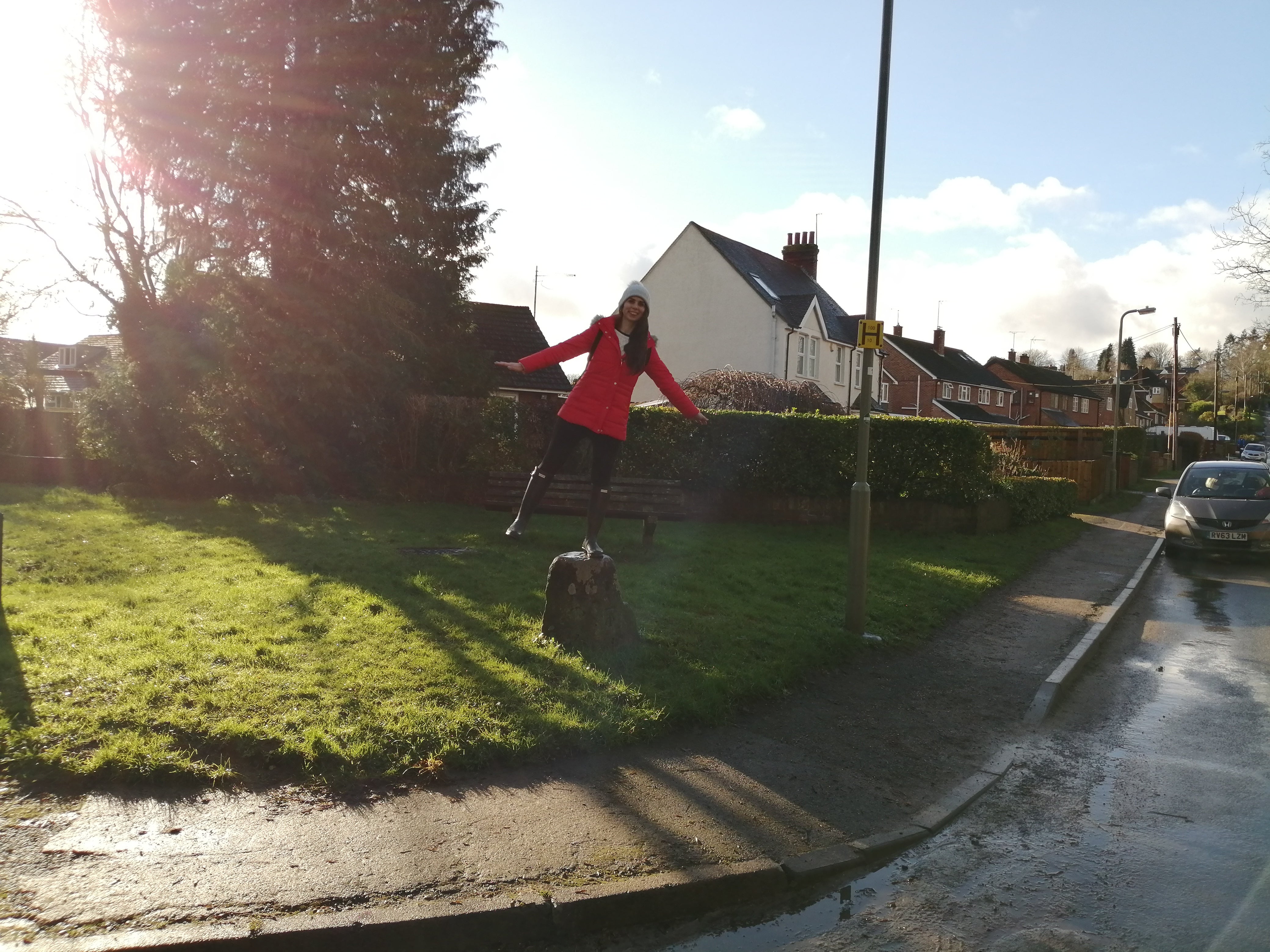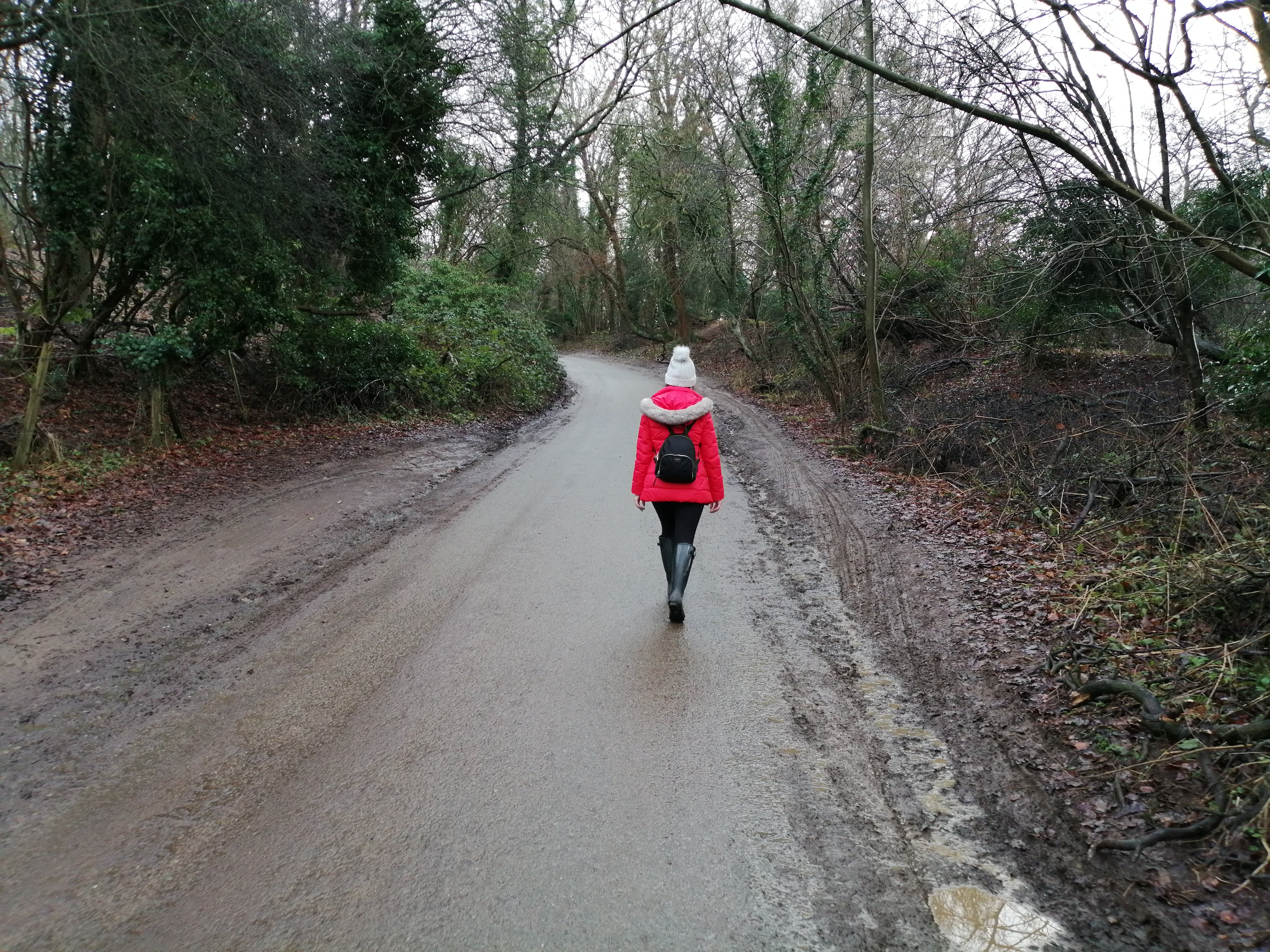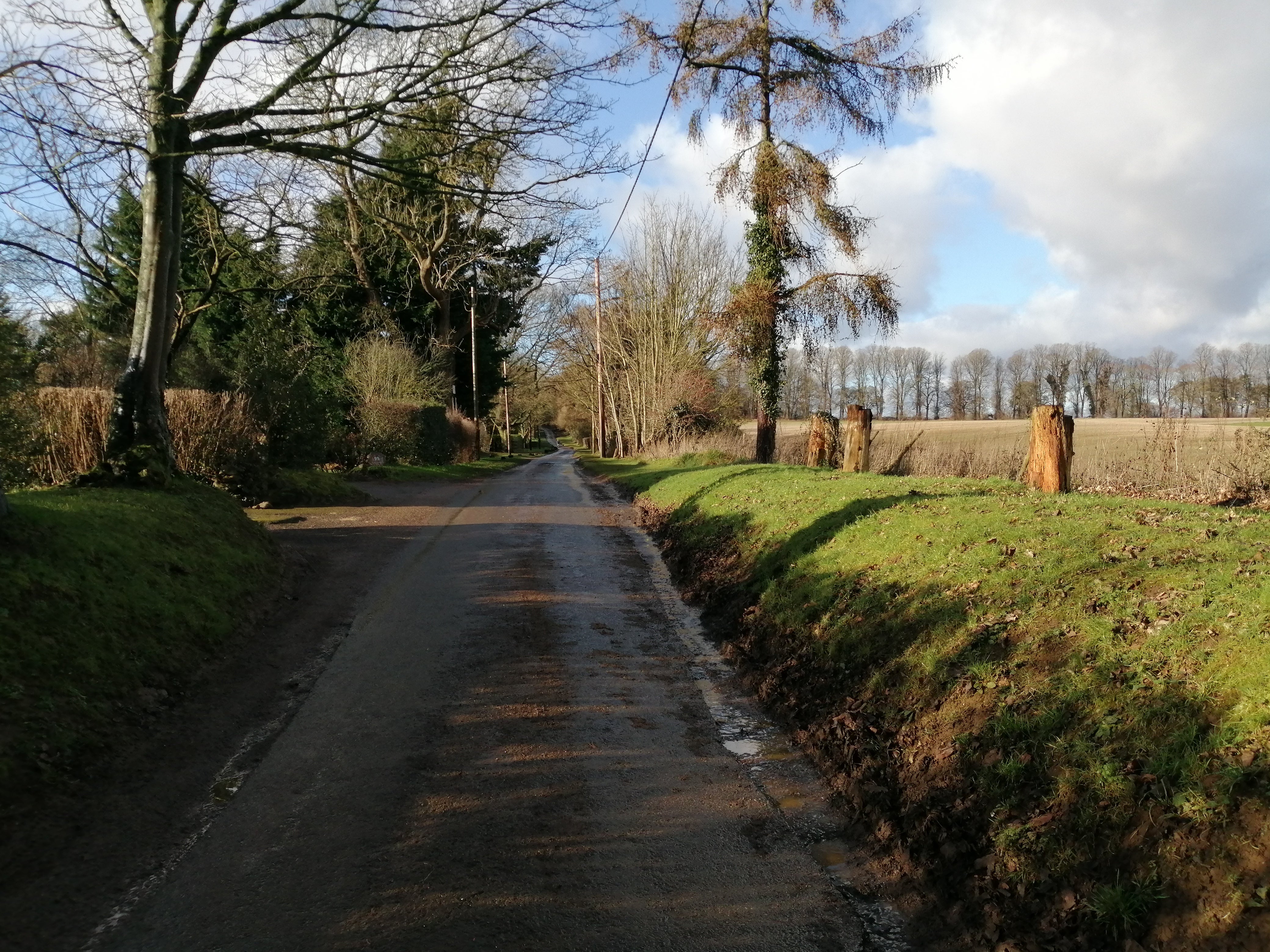Walking in a highwayman’s shoes in Oxford
A ramble across Shotover Hill gives Anna Shannon a glimpse into its treacherous past

You could miss it if you didn’t know it was there, but at the bottom of Shotover Hill is an old mounting block from 1630. Maybe it should feel disconcerting to see a relic of the past, next to the modern shiny cars on nearby driveways and the hum of the busy ring road in the distance, but it doesn’t. Instead, it somehow summarises the evolution of travel in an understated glance.
The way the hill softly winds to the left, you can’t see the top. There’s an excited expectation of getting there, to glimpse that fine bird’s-eye view of the Oxfordshire spires. It’s a steep hill and quite a climb (fair play to the runners). Coaches and horses in days long ago would struggle up the incline, journeying towards the far away city lights of London. The struggle of the climb isn’t an understatement – passengers were usually asked to dismount and walk to the top, alongside their stagecoach, as it was too tricky for the horses to lug the heavy load (I wonder if they had luggage restrictions like we do on airplanes today…). Hence the mounting stones, three of which can still be seen (and used if so inclined).
It’s striking, walking up the hill, how tall the trees are – limbs stretching high into the sky on either side of the road. You could imagine highwaymen lying in wait, ready to pounce, like big cats stalking their prey. I suppose travellers would have factored in the potential of being a target, taking steps to travel by the light of day where possible, rather than by night when highwaymen had the ability to melt away into the darkness.
Walking through Shotover during the day, with the wintery sun coming through the trees, it can be hard to really visualise. But at night, the narrow road is winding and the trees are thick. It can play games with your mind. In the 17th and 18th centuries the roads were rife with robberies, and incidents were so commonplace they weren’t often recorded.
There is something liberating about being so high up and the sheer vastness of the land you can see
Reaching the top (and panting if you’ve set a good pace), the flat road morphs into a (free) car park, with lush views across Oxford. The second mounting stone is here, half-hidden within the trees, for the stagecoach passengers. There are also a few yellow signs scattered about reminding drivers to hide any valuables out of sight to avoid thefts. A modern-day kind of highwayman on the loose perhaps?
The road continues through Shotover, turning into a wider, sandy clay lane, riddled with holes, which continues on towards Wheatley village and beyond. The road isn’t used very much by vehicles past the car park, and I’m glad. It gives a sense of peace – pedestrians, cyclists and the occasional horse-rider are in charge here. To the right is the edge of the woods, with paths meandering in a firework of directions.

The first Oxford to London ‘Flying Coach’ service would have come this way in 1669, some two hundred years before the invention of airplanes. No wings, but rather the changing of horses throughout the journey – the fresh set of legs shortened the 55-mile trip to a single day, travelling at an average speed of 4mph. We still have a coach service between the two cities, the Oxford Tube, although it doesn’t travel through Shotover, and it is a little bit quicker.
The vast flat section at the top is known as the Plain, near where Charles Wesley, one of 19(!) children born to Susanna and Samuel Wesley, had a run-in with a highwayman. Wesley was a singer song-writer and a founding father of the Methodist movement, a style of Christianity which took the word of God out to the people wherever they might be, believing all could be saved.
You could imagine highwaymen lying in wait, ready to pounce, like big cats stalking their prey
On the 11 October 1737, Wesley set off from Oxford to London, travelling through Shotover by horse. He recorded the incident in his diary, where he recalls singing out Psalm 91 for divine protection when his horse became lame early on into his journey. Just as he had finished reciting the Psalm, a man approached him with a pistol, demanding his money. Wesley handed over his purse with about 30 shillings worth inside. But it wasn’t enough, the man demanded more. Wesley searched his pockets and gave him some additional coins. Still, the man’s appetite wasn’t satisfied and he asked Wesley a third time for his money. Wesley, not wanting to lie, told the man to search him for more. He may have taken this as a sign that Wesley had given him everything, as he didn’t search him and let him go. Wesley’s diary notes he managed to keep a hold of the 30 pounds he had on his person, and his watch and bags.

Looking across the stunning Oxfordshire landscape, the words and melody of Wesley’s Hark! The Herald Angels Sing, one of the thousands of hymns he wrote during his lifetime, gently float to the surface of my mind, reminiscent of the strange Christmas just past. There is something liberating about being so high up and the sheer vastness of the land you can see.
Who the highwayman was, in Wesley’s encounter, is not clear. The Dunsdon brothers were well known Oxfordshire highwaymen, as was Captain James Hind, who would prey on travellers using the road from Oxford to London.

Continuing down the lane towards Wheatley, I spot the landmarks of the village below. It’s funny to think of this as being the main road to London. Even the Tudor Queen Elizabeth travelled this way. The third mounting block is at the bottom of this hill, etched with an ancient-looking mark. This stone feels like a nod to the past, a reminder of the strong centuries-old connection between Oxford and London – and the enduring human desire, currently thwarted, to explore and travel.

Join our commenting forum
Join thought-provoking conversations, follow other Independent readers and see their replies
Comments